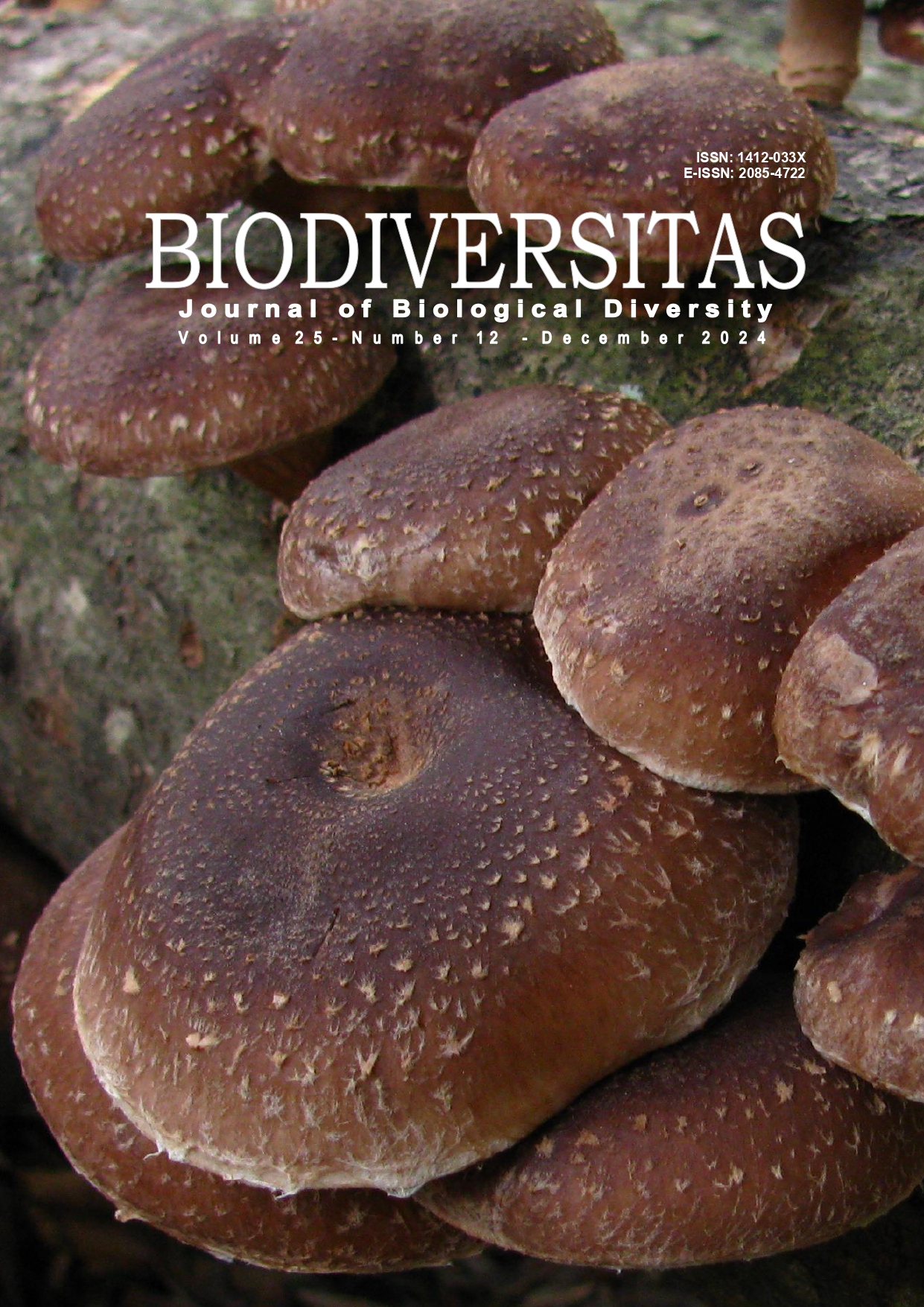Impacts of climate change on forest restoration dynamics in the lower montane forest of Doi Suthep-Pui National Park, Northern Thailand
##plugins.themes.bootstrap3.article.main##
Abstract
Abstract. Thinkampheang S, Nakashizuka T, Suksavate W, Kachina P, Hermhuk S, Asanok L, Phumphuang W, Chouibumroong B, Wu J, Kurokawa H, Marod D. 2024. Impacts of climate change on forest restoration dynamics in the lower montane forest of Doi Suthep-Pui National Park, Northern Thailand. Biodiversitas 25: 4829-4845. Lower montane forest ecosystems are rich in biodiversity but prone to anthropogenic and natural disturbances. Forest restoration aims to emulate natural succession, particularly concerning tree species composition. In this study, we investigated the effects of different forest restoration practices on tree regeneration and the impact of climate change on forest dynamics following restoration in a natural lower montane forest. Three forest dynamics plots (100 m × 100 m) were established in the forest, and two artificial forest restoration approaches were simulated based on mono-species and multi-species plantations, respectively. All trees with a diameter at breast height > 2 cm were tagged, measured, identified, and monitored every 2 years from 2011 to 2021. Forest dynamics, including mortality and recruitment rates, were analyzed in relation to climate change. The results show that recovery varied among restoration practices. The mono-species plantation had the highest species diversity (114 species), followed by the natural forest and multi-species plantation. The mean mortality rate was higher than the net mean recruitment rate in mono-species and multi-species plantations, with significant variation in forest dynamics across species and periods. These fluctuations were closely linked to environmental changes, particularly droughts related to El Niño. Environmental factors exert a substantial influence on forest structure and species composition. In particular, the interplay between forest dynamics and ecological changes underscores the susceptibility of certain species to drought. Our findings imply that multi-species planting, with its potential to mirror the natural climax state of a forest closely, is a highly effective forest restoration strategy that can inspire and motivate further research and action in this field.

